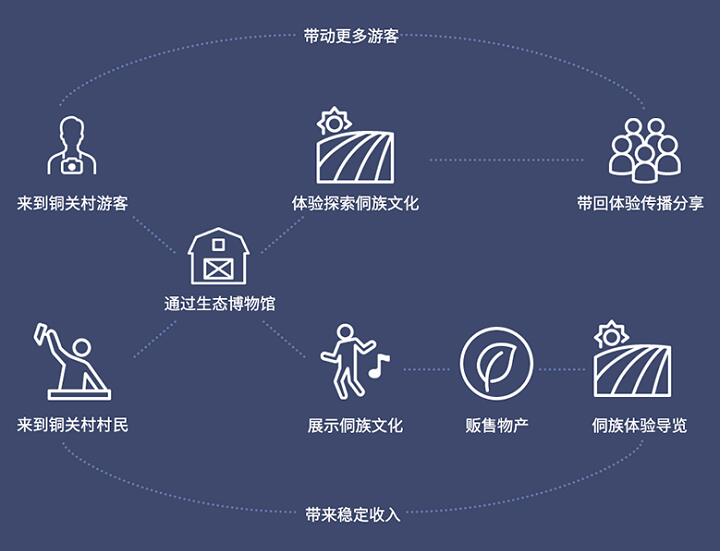Recently, I have re-entered this old question: the conflict between the product commercial user goals and the designer’s own values. On this issue, my views have moved to two completely different extremes in the past few years. From the earliest days, people have always advocated the style of “small and fresh, concise, tall, and perfect in details” (but my aesthetic and design abilities have not followed at all. (Above), sneered at the design level of the big manufacturers; after that, because of the potential negatives of this style, such as “indulging in dazzling skills and details, ungrounded, and always low niche market share”, I became abandoned and even felt Glorious (who makes you dislike the low of mass users and feel good about yourself at all times, and sells sadness when they are abandoned by the market).
In the past half year, because of the failure of some products and operations, the interface design is not able to recover even if the interface design is perfect. I have begun to regard the business goals of the product as the most important thing, and I am willing to make design concessions for this. In a compromise, I once felt that my balance has become more inclined to the latter between user experience design and product design. But slowly I began to worry that I had a tendency to deviate from my original intentions. I overemphasized thinking from the perspective of the business product side and liked to do some planning and analysis in-depth to the product level, but some neglected to protect my own “user experience design” Escort, let go of all kinds of minutiae experience issues easily. In the current design environment in China, we are often surrounded by some pessimistic arguments and reality: KPI doctrine supremacy, operation/product/R&D leading voice, boss-centered design, etc…

Of course, design is not art, and it is impossible to pursue and express pure aesthetics as one wishes. It is always necessary to make concessions and trade-offs in various conflicts. But if even the designer has given up hope and persistence, has given up the responsibility of “holding the business team in time”, and has fallen into endless compromises and concessions, then how can we expect to easily get the respect and practice of others for our professionalism? What about “design-driven product innovation”?
Present and future
I admit that I am longing for the design atmosphere of foreign countries and Silicon Valley. I also know that the design environment in this country is not good or even bad. Designers laugh at themselves with hard work. But I also believe that with the development of the industry, China’s Internet product design environment is also improving, and the gap with foreign countries is narrowing. It has even led the way in e-commerce and other fields. Silicon Valley Design’s predictions for the next ten years The Future of Design in Technology It may take more time to become a reality in China, but it is not a fantasy. I have noticed that more and more overseas/multinational corporate background designers are entering companies like BAT, and they are also bringing some more advanced methodological influences, which have already been reflected in domestic BAT and some startup companies.
The industry and technology are constantly evolving. Instead of just looking at the current pessimism, passive and numb to be a business designer who only increases the XX rate and achieves the XX business goals in his eyes, it is better to look at the future with a little more optimism and foresight. Actively learn to expand your horizontal and vertical skills (such as from mobile phone interface interaction to the entire online and offline experience design, to other areas such as VR/AR design), and at the same time consolidate the design that will not be out of date for a long time The foundation is to deal with it calmly and exert greater self-worth when that day comes. My previous article “Disappearing Interface! Future Designers Should Improve Competitiveness from These Four Aspects” has a more detailed discussion on this point.

Arrogance and responsibility
The designer group has the instinct to chase beauty, but I am very disgusted with the arrogance of aesthetic signs: disregarding mass users (such as middle-aged and old people, diaosi groups, post-00s, etc.). Excluding the product itself here is positioning itself for the kind of beauty. The background, habits, and actual use scenarios of users with higher pursuits), to peddle small and fresh aesthetic feelings with self-satisfaction. If they are not accepted, they will dislike users Low, herd, ignorance, and low IQ, and they deserve market share. The rate is always such a poor amount. (This is also the place where I hate certain companies’ brain-dead fans very much, not everyone is the same as you)
What I have always admired most is the pattern of transcending the “beauty of appearance”, and really have designers and teams who are pursuing and responsible (I am ashamed that I have done too little in practice at this point), so small that I take the initiative. Follow up, interviews, and discover experience problems, listen carefully to the voices of different users, think deeply, produce and promote improvements; it is big enough to drive the ideal of higher practice than commercial value, such as this blog post by the Tencent CDC team serving the countryside design.

Reality and ideals
The actual product commercial user goals and the ideal designer’s expression of their own style are not necessarily in conflict with each other, and they can also blend with each other, or even be harmoniously unified. Of course, this requires opportunity and luck when the strength has not reached a certain level, and it is also more difficult for young designers who do not have much choice.
I used to feel confused for a long time and didn’t know what design style I wanted. I just adjusted it according to my needs. I was envious of those designers who could see the style at a glance. But now, I feel that I have begun to have the design style that I admire and pursue the most. Perhaps it can be described less accurately as “simplified, rigorous, efficient and consistent, focusing on the rational aesthetics of function and content itself.” This style is not suitable for marketing and drainage products (I was tortured by the lack of inspiration when doing this design, and my self-confidence was reduced to the extreme), but it is very suitable for products of tools, platforms, and enterprise types. , The design style I pursue can also better help such products achieve their commercial and user goals.
Part and Whole
For a long time, I have felt that the title of “User Experience Designer” is a false proposition. The interface interaction design we do only accounts for a small part of the user experience influencing factors. Look at the user experience on the application market and social networks. Some App complaints. Many so-called “experience problems” cannot be solved by simply “optimizing interface interaction design”. We are just endorsing “cool interface and interaction”, not “excellent full-process user experience”.
I think that a truly qualified user experience designer must have a more holistic overall view, pay attention to and understand more user experience issues “under the interface”, and think and drive optimization. For example, you can’t blindly pursue a cool, tall effect that doesn’t have much practical significance. Ignore the discounts of technical implementation effects in terms of loading speed and fluency. Stalling is definitely not a good user experience; for example, take the initiative to think. The scenario and design of the product online and offline connection, message notification push, etc., instead of thinking that “there is no visible interface and interaction”, and then just let it go. The notification push of many apps annoys me. The timing of the push is different. The copywriting has no desire to click, while other apps are more considerate in notifications. In fact, interaction designers can actively think and intervene in this link: when and where to trigger the push? How can the copywriting be designed to be more elegant and effective and hit the target users? Wait.

